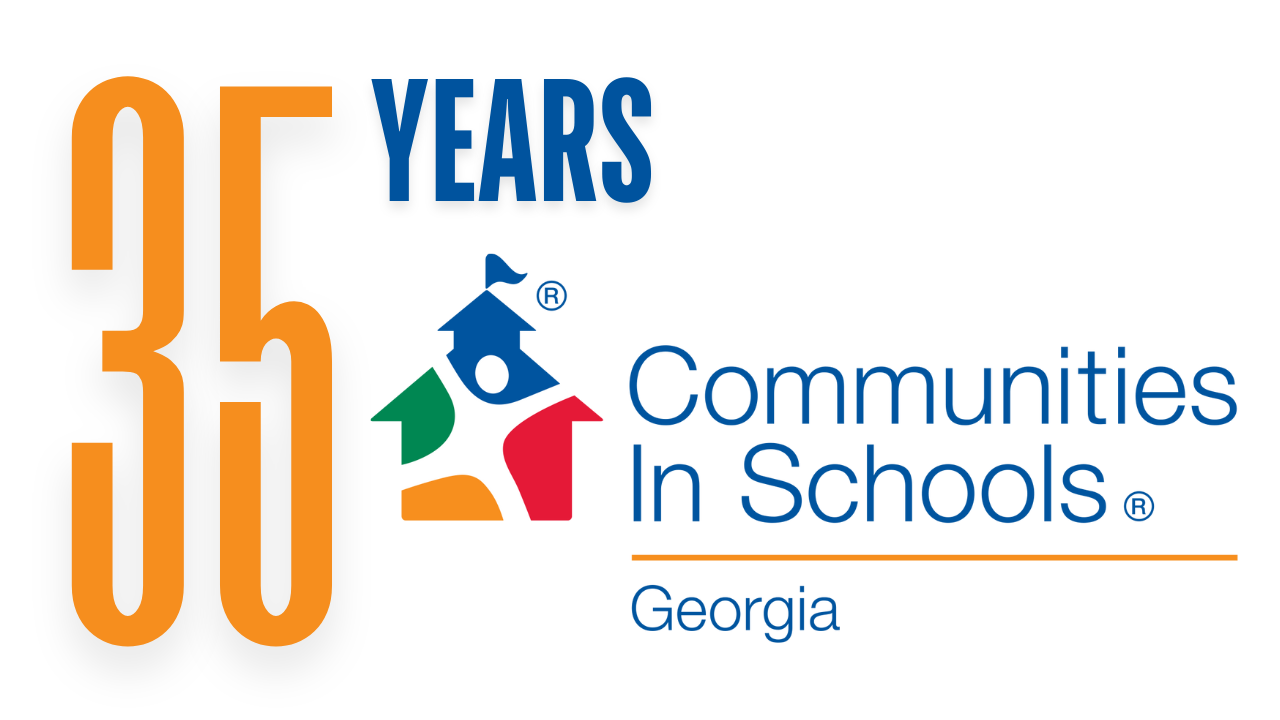
According to a 2021 report by Mental Health America, young people are struggling with their mental health. Not only are the number of youth searching for help with their mental health increasing, but throughout the COVID-19 pandemic youth ages 11-17 have been more likely than any other age group to score for moderate to severe symptoms of anxiety and depression.
- 13.84 percent of youth (age 12-17) report suffering from at least one major depressive episode (MDE) in the past year. Childhood depression is more likely to persist into adulthood if gone untreated, but only half of children with pediatric major depression are diagnosed before adulthood.
- 3.83 percent of youth in the U.S. reported a substance use disorder in the past year. 1.69 percent had an alcohol use disorder in the past year, while 2.85 percent had an illicit drug use disorder.
- Nationally, only 27.3 percent of youth with severe depression receive some consistent treatment (7-25+ visits in a year).
- 59.6 percent of youth with major depression do not receive any mental health treatment. Youth experiencing MDE continue to go untreated. Even among the states with greatest access for youth, over 1 in 3 youth are still not receiving the mental health services they need.
The Communities In Schools Solution: SEL—Social Emotional Learning
Developmental Relationships is a framework that help students to build strong relationships and lays the foundation for future achievement. DR provides the tools and activities to help young people build Strong relationships. Focusing on developing the skills, attitudes, and other strengths they need to thrive in school and in life.
HarmonySEL is a CASEL select program that develops key social and emotional learning competencies at home, in the classroom and afterschool programs. Harmony SEL is a social and emotional learning program for Pre-K-6 grade students, accessible online and at no cost. Harmony fosters knowledge, skills, and attitudes boys and girls need to develop healthy identities, create meaningful relationships, and engage productively by providing SEL learning resources, tools, and strategies.
Positive Action is a comprehensive coherent program that has components for all parts of the school, the family, and the community. It works on many levels of the school—from the individual to the classroom to the entire school system. It addresses all areas of the self: the physical, intellectual, and social/emotional. It is both a content area and a teaching method. Within its curriculum, it teaches standards of achievement in every content subject area directly and applied. It is also integrated into all subject areas.
It is taught at every level of learning: cognitive, affective, and behavioral. It goes to the very heart of why we do things—to feel good about ourselves. It also brings all the power of positiveness to all participants so potential is reached and barriers are removed. It brings feelings of joy, accomplishment, and satisfaction to all participants.
The synergy of all these dynamic working together improves behavior, school performance, self- concepts, and attendance. The materials are complete and fully prepared for users. Lessons are planned —even scripted—and all hands-on materials are prepared.
